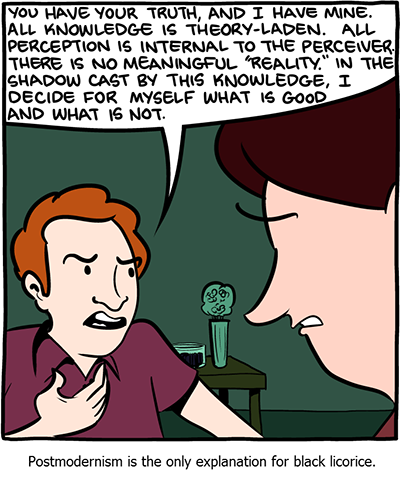This is a repost of a short article I wrote in 2012. Yes, at one time I wrote short articles. Enjoy.
Last year, I talked about how lots of kids actually believe in Santa. This was surprising to me, because I previously thought Santa-belief was a just as much a myth as Santa.
In particular, I remember lots of Santa-related movies, where the kids believe in Santa but the adults do not, and it’s the kids who are right. This is mostly a general impression, but to name a specific example, I watched The Santa Clause (starring Tim Allen) several times when I was young. These movies did not strike me as strange at the time, but they strike me as strange now.
The moral of those movies was essentially, “Santa is real, and you kiddies should believe in him.” It just seems like a rather wacky moral to me. It doesn’t seem like the kind of thing which is appropriate to kids.

